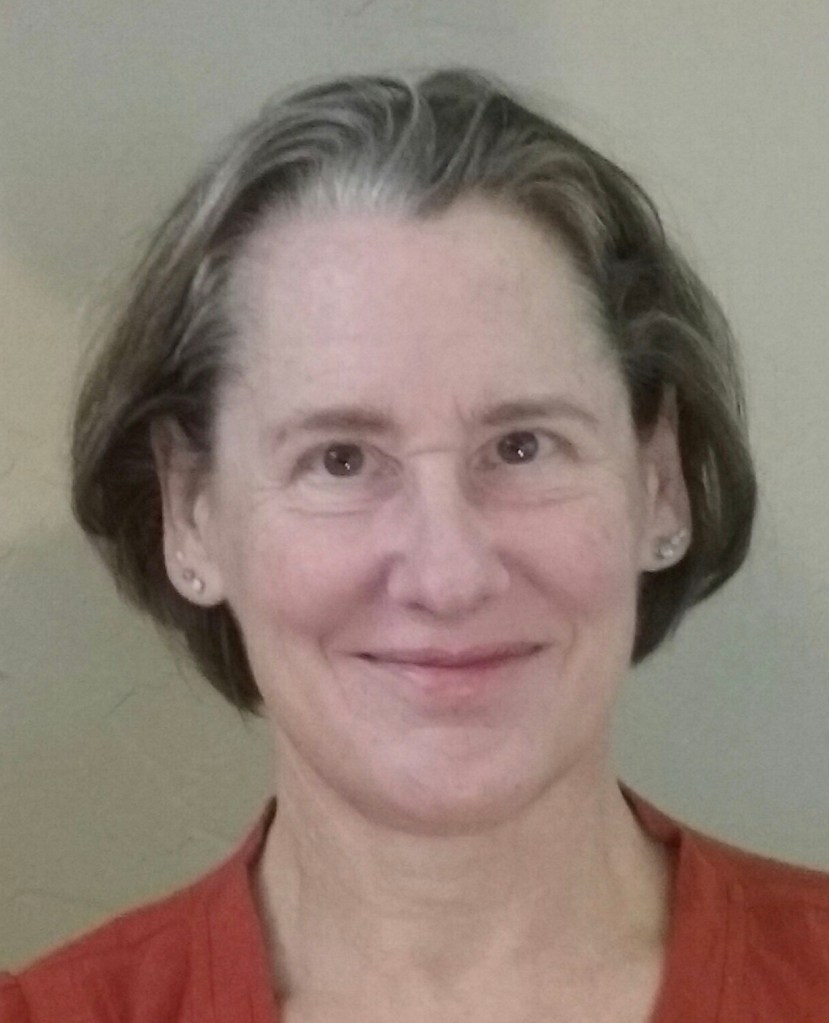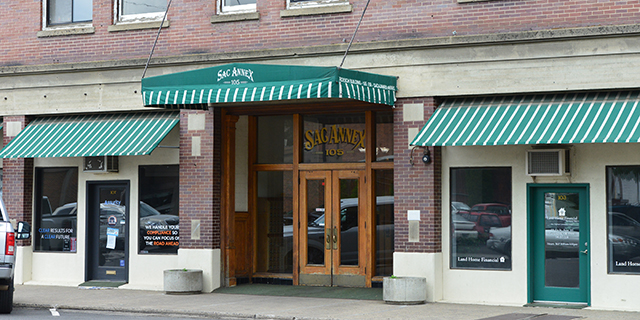Thinking out loud: The impacts of short-term housing
Published 6:30 am Saturday, October 22, 2022

- Morrison
In La Grande, like many other communities, we face a serious housing shortage. At every income level, La Grande lacks housing, whether for sale or for rent.
Some people, including those with good incomes, have been forced out of our community, turning down jobs or leaving La Grande because they couldn’t find adequate affordable housing. La Grande’s housing shortage is restricting its economic development and contributes to homelessness in our community.
In 2019, the state of Oregon collaborated with local officials across the state to assess existing local housing needs and to determine what additional housing would be needed over the next 20 years. While La Grande is already short of needed housing, the estimate is that La Grande will need 794 additional residences by 2039.
The city has committed to implementing policies to promote the development of needed housing, and since 2019, 38 new residences — houses, duplexes, apartments or accessory dwelling units — have been approved for construction in La Grande.
During the same period, the La Grande planning commission has approved 47 permits for conversions to short-term rentals, and there are currently additional applications pending. Simply put, in the middle of a housing shortage, the conversion of local housing units to short-term rentals has actually caused La Grande to lose housing over the past few years.
La Grande is hardly unusual. From Miami to Seattle, towns and cities everywhere have lost significant housing as residences have been converted to short-term rentals, such as Airbnbs. Other communities in Oregon — including Portland and Bend, Hood River, Astoria and Seaside — have lost so much housing that they have adopted codes to protect housing for residents by limiting conversions to short-term rentals.
Short-term rentals can be lucrative for individual property owners and investors, but every residence converted to a STR is another residence made unavailable as housing for our city’s own residents. In cities like La Grande, the effect is to exacerbate an already existing housing crisis.
The development of STRs adversely affects local communities in other ways. Because STRs bring in more income than long-term rentals, investors can afford higher mortgages and are therefore willing to pay higher prices for real property, driving housing prices even further out of reach for local residents. And STRs can change the character of neighborhoods.
Current regulations allow the owner of a single STR to rent out individual rooms to as many as five different groups of people on a single night. Such rentals are no longer occupied by neighbors who become a part of the immediate community, but instead by a constantly changing stream of strangers who are unknown to nearby residents. One La Grande resident recently told the planning commission that living next to an STR has been like having a “mini-motel” placed 20 feet from his side window.
Still, local real estate agents are marketing local residences for their potential use as STRs, and out-of-area investors have contacted La Grande’s planning department to inquire about developing even more STRs in our community.
In general, La Grande regulates commercial business activities in residential areas, but La Grande’s existing code was written before anyone thought of converting residences to STRs. It places few restrictions on the creation of such rentals. It allows STRs in unlimited numbers in most zones. There are no provisions for confirming that STR owners follow through with promised changes to their properties, or for requiring owners to comply with regulations to minimize neighborhood conflicts.
As a result, La Grande’s city council has enacted a temporary moratorium on short-term rentals to give the city time to develop ways to address such issues.
At their core, the issues raised by converting local housing to short-term rentals are about protecting neighborhoods, maintaining adequate affordable housing for local residents, and preserving livability for the people of La Grande.









